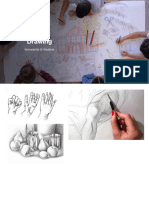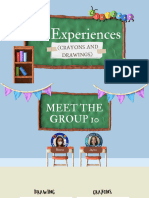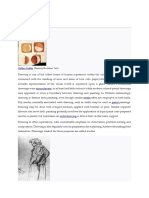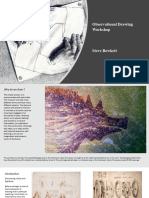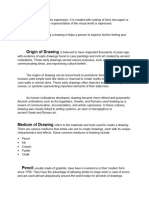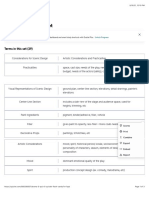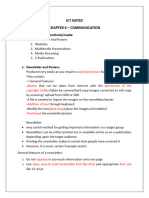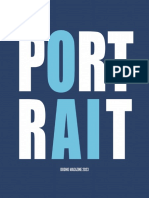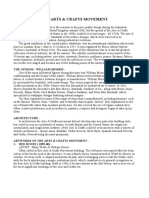0% found this document useful (0 votes)
33 views4 pagesUnderstanding Drawing A Complete Guide
The document is a comprehensive guide on drawing, covering its definition, history, types, materials, techniques, and its role in art and human development. It highlights the benefits of drawing, including enhancing creativity and fine motor skills, and discusses the evolution of drawing into the digital realm. Additionally, it mentions famous artists and their contributions to the art of drawing.
Uploaded by
taiwosamueloladimeji2006Copyright
© © All Rights Reserved
We take content rights seriously. If you suspect this is your content, claim it here.
Available Formats
Download as PDF, TXT or read online on Scribd
0% found this document useful (0 votes)
33 views4 pagesUnderstanding Drawing A Complete Guide
The document is a comprehensive guide on drawing, covering its definition, history, types, materials, techniques, and its role in art and human development. It highlights the benefits of drawing, including enhancing creativity and fine motor skills, and discusses the evolution of drawing into the digital realm. Additionally, it mentions famous artists and their contributions to the art of drawing.
Uploaded by
taiwosamueloladimeji2006Copyright
© © All Rights Reserved
We take content rights seriously. If you suspect this is your content, claim it here.
Available Formats
Download as PDF, TXT or read online on Scribd
/ 4












